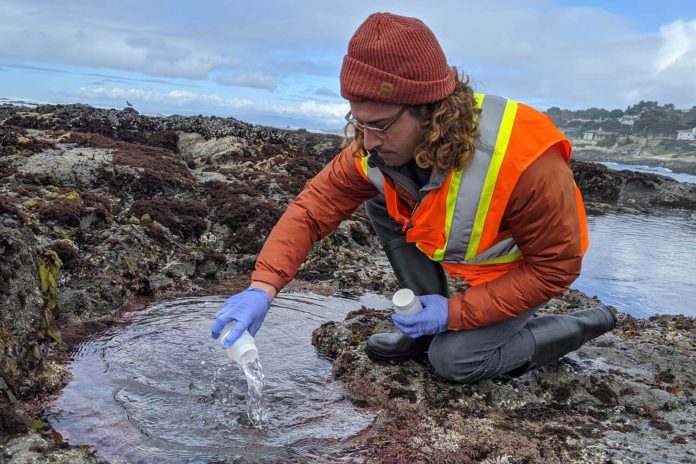To reduce recreational waterborne illness incidence, fecal indicator bacteria (FIB) are measured to assess water quality and inform beach management. Measuring concentrations of fecal indicator bacteria (FIB) – which denote fecal matter and can lead to unsafe water conditions – at beaches ensures the health and safety of the public.
By combing water sampling and environmental data with machine learning methods, Stanford scientists have come up with a predictive technique for forecasting coastal water quality. Their modeling framework dependably predicts water quality at beaches after only a day or two of frequent water sampling.
Scientists used water samples collected at 10-minute intervals over a relatively brief timeframe of one to two days at beaches in Santa Cruz, Monterey, and Huntington Beach. Among the three sites, 244 samples were measured for FIB concentrations and marked as above or below the acceptable level deemed safe by the state.
Later, scientists collected meteorological data such as air temperature, solar radiation, wind speed, and oceanographic data, including tide level, wave heights, and water temperature (all factors influencing FIB concentrations) timeframe.
Scientists trained computer models to accurately predict FIB concentrations using high-frequency water quality data and machine learning methods. They found hourly water sampling 24 hours straight – capturing an entire tidal and solar cycle – proved enough for reliable results. Feeding the framework meteorological and tidal data from longer periods resulted in future water quality predictions that were dependable for at least an entire season.
Stanford researcher Ryan Searcy said, “These results are empowering for communities who want to know what’s going on with water quality at their beach. With some resources to get started and a day of sampling, these communities could collect the data needed to initiate their water quality modeling systems.”
Journal Reference:
- Ryan T. Searcy et al. A Day at the Beach: Enabling Coastal Water Quality Prediction with High-Frequency Sampling and Data-Driven Models. DOI: 10.1021/acs.est.0c06742
